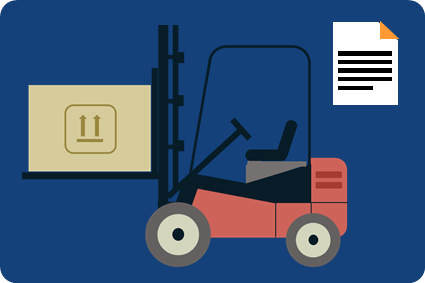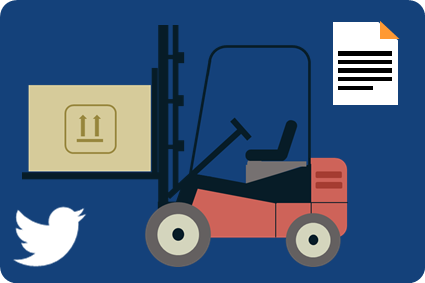Potential End of Lease Problems Part One: Asset Return Conditions
Updated 10th January 2023 | 4 min read Published 10th March 2015

The most obvious option at the end of a lease agreement is termination (it is called end of lease after all). As you would expect, once the contractual term is up, the lessee can simply return the asset and both lessee and lessor part ways cordially – or at least that’s how it should go.
Most times this transition is simple and goes off without a hitch, however, this process does have the potential to go awry and cost you more time, money and energy that would be better invested into your core business.
So how can such a simple termination go wrong?
Lease termination can cause a lot of friction as it can be a final profit opportunity for the lessor at the cost of the lessee. Throughout the lease, the lessee has an obligation to maintain the leased assets to an acceptable condition as stipulated in the master lease and lease schedule (fair wear and tear excluded). The majority of return condition terms are clearly worded and easy to assess, however, there are some clauses that are open to subjective review. This is where problems can occur if the lessor takes a strict, critical approach to assessing the quality of the returned assets – what one may call acceptable, another may challenge and charge against.
Most lessors are agreeable, but without clear wording, it is foolish to assume that you will receive the benefit of the doubt. Lessors are at risk of losing money if a leased asset is returned to an unsatisfactory standard as this decreases the asset’s resale value, particularly for an operating lease where the lessor has invested in a residual. More often than not, any charges that occur after the return of the asset are agreed by both parties, yet there are occasions where there is a valid discrepancy. So how can lessees avoid a costly and confrontational return of an asset?
The best thing to do is to look after the asset so there is nothing to charge against, but accidents do happen so it’s best to be prepared. Return conditions are generally agreed at lease inception. At this stage of negotiation, lessees should question two possibilities: What will happen to the asset and what may happen.
What will happen: There is no way of knowing exactly what the future holds, but we can make consolidated and educated guesses. It is natural for assets to depreciate, but if you are at fault for damages, then you will likely have to pay to resolve them. Engage with your operations team to make sure they are aware and agree with the contractual constraints. Agreeing to the return of an excavator after 5 years with no scratches, a tractor unit with brand new tyres or a PC with all original packaging and manuals is either impractical or expensive, so don’t put yourself in that position by agreeing to demands that realistically will not happen. This sensible approach to negotiation will immediately give you more control and peace of mind when it comes to lease termination.
What may happen: Again, we can only attempt to accurately predict the future through a sensible assessment of what we know. Still, it is within your best interests to prepare for eventualities that you know will be expensive to recover from and should avoid. What if the assets are affected by flood or fire damage whilst under lease? What if you would like to move the asset across the country? What if one truck in a leased fleet exceeds the mileage limit set in your contract – is that still a breach if collectively the assets are below the maximum mileage? It is these grey areas that allow a harsh lessor leverage to charge you upon the assets’ return so make sure they are someway covered in the lease schedule and at the very least, have a clear indication of what is considered unacceptable and what the consequences will be.
Generally, returning an asset at the end of the lease period should be stress free, provided your lease schedule is negotiated well and takes into account the potential variables that may cause a discrepancy upon return. Return conditions are difficult to negotiate efficiently, but can be the difference between a cost-effective lease and an overly expensive one.
Innervision’s leasing experts have a broad range of experience in negotiating leases on various equipment types through numerous lessors and, as such, are well placed and trusted to arrange lease schedules on behalf of our clients. As a critical moment within the lease lifecycle, negotiation of lease documentation can be a stressful affair and without suitable knowledge and foresight, can result in avoidable expenses.
For more information on Innervision’s end of lease services and other offerings, such as our unique lease portfolio management software as a service (SaaS) LOIS, click here.
Alternatively, you can give us a call to find out how Innervision may be able to help your business leverage the potential within your existing lease agreements and new lease arrangement, on: +44 (0) 20 7283 9422
For more information of end of lease processes and advice throughout the lease lifecycle, you can download our ultimate guide to leasing basics by following this link.
Share this Blog?




